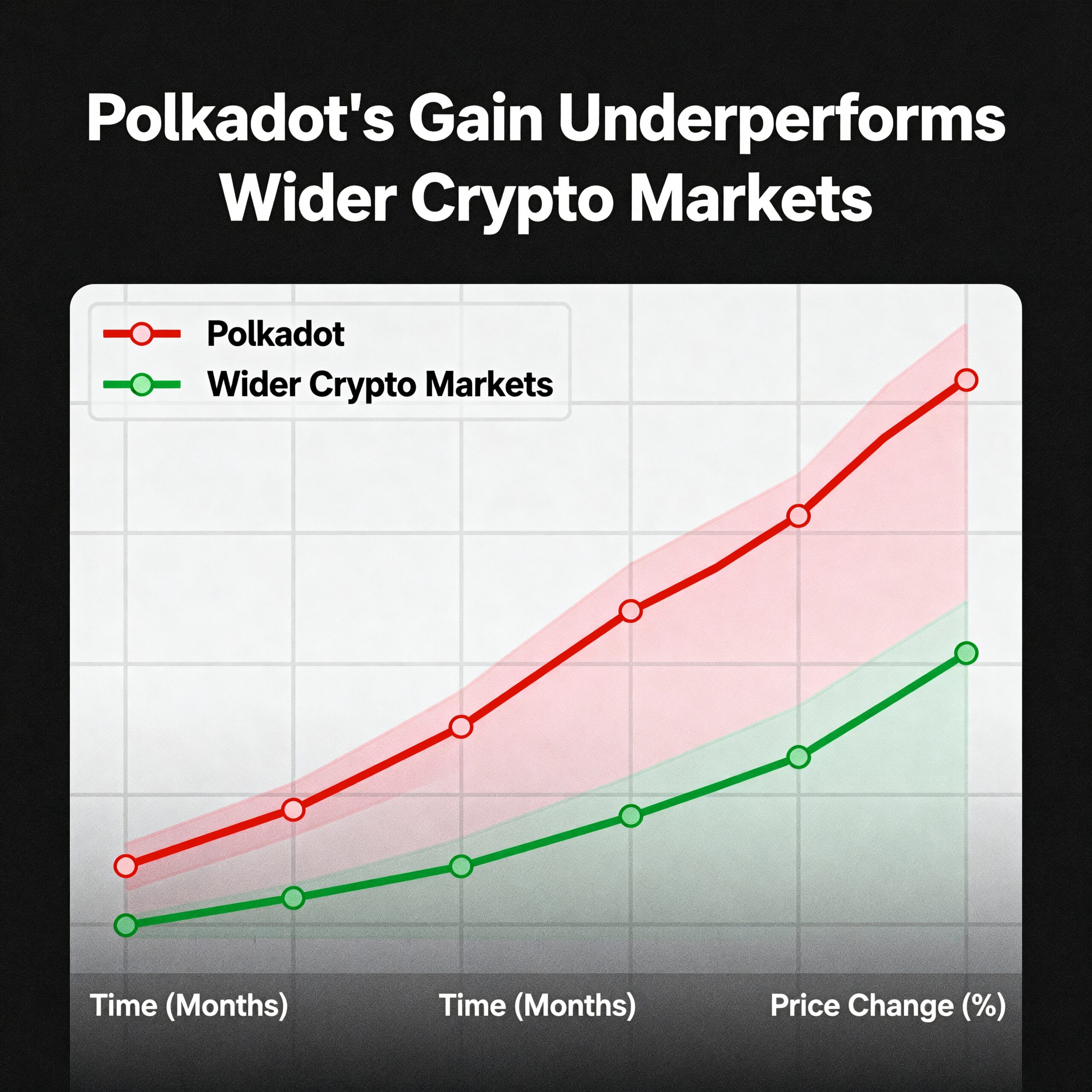Architect Eyes Crypto Credit as Equity Markets Saturate, Aims to Build Web3’s Moody’s
As crypto equity markets grow increasingly crowded and illiquid, infrastructure firm Architect is betting big on a largely overlooked frontier: institutional-grade credit ratings for the digital asset space.
The digital asset ecosystem has matured rapidly in recent years, boasting sophisticated market-making, capital markets infrastructure, and decentralized finance (DeFi) capabilities. But one crucial piece of the traditional financial toolkit remains conspicuously absent: a trusted credit ratings agency tailored specifically for crypto.
Architect aims to fill that gap by developing the first Moody’s-style credit ratings service designed exclusively for blockchain-based assets — a move it believes could unlock significant pools of institutional capital.
“Crypto equity is extremely overvalued. Way too much money has chased equity opportunities,” said Ruben Amenyogbo, Managing Partner at Architect. “There’s a huge opportunity in credit, but no one has built the missing infrastructure needed to assess risk properly.”
Lack of Trusted Credit Assessors
While traditional players like Moody’s have made limited forays into the digital asset space, the absence of a crypto-native credit agency has long hindered lending and debt financing. Crypto’s pseudonymous actors, opaque risk profiles, and unconventional data sources have made traditional underwriters reluctant to engage.
That void has contributed to an imbalance: while equity funding in crypto has surged — particularly through publicly traded companies such as miners and treasury-holding firms — credit remains underdeveloped.
“Most of the crypto market wasn’t old or stable enough for backward-looking credit analysis,” said Amenyogbo. “But that’s changing. There’s now enough history to assess whether projects have delivered reliably.”
Architect’s Vision for Web3 Credit Infrastructure
Architect plans to leverage proprietary on-chain data to build a systematic credit evaluation framework for decentralized projects. Its goal is not merely to offer credit — but to restructure the capital stack of Web3 from the ground up.
“Raising a $100 million fund is cool, but it’s a drop in the ocean,” Amenyogbo said. “What we’re building is the foundation for crypto credit to scale like traditional debt — rated, bundled, insured, and syndicated into the largest capital markets in the world.”
Primary beneficiaries, according to Architect, will include Bitcoin miners and Decentralized Physical Infrastructure Networks (DePIN) — two segments under pressure from volatile revenue streams and capital inefficiencies.
With access to credit, miners could reduce forced liquidations, redirect capital into staking and operational investment, and generate more on-chain activity — turning liquidity constraints into value creation.
“If I want to speculate on bitcoin, I’ll just buy bitcoin,” Amenyogbo said. “But as a credit lender, I can underwrite a mining operation and bet on its ability to generate outperformance through its cash flows.”
Architect also sees DePIN as an overlooked credit market segment, arguing that these projects offer tangible economic outputs — bandwidth, compute, or storage — rather than relying solely on token appreciation narratives.
Market Movers
Bitcoin (BTC): Trading above $114,000. “Until BTC and ETH reclaim strength with volume, the path of least resistance could remain sideways to down,” noted market maker Enflux. “Opportunistic traders may continue to find setups in memecoins and alt-beta, but the broader picture hasn’t flipped.”
Ethereum (ETH): Down 2.8% at $3,500, weighed by continued ETF outflows.
Gold: Prices dipped as a stronger U.S. dollar and falling oil prices pressured sentiment. Silver saw minor gains amid mixed signals, including robust Chinese services data and rising Fed rate cut expectations.
Nikkei 225: Asia-Pacific markets traded mixed Tuesday. Japan’s Nikkei 225 slipped 0.12% as investors digested weak U.S. economic data and new tariff threats from President Trump.
S&P 500: Fell 0.49% on Tuesday following soft U.S. economic prints and Trump’s latest trade policy comments. Despite near-term volatility, analysts remain bullish on the market’s long-term trajectory.





